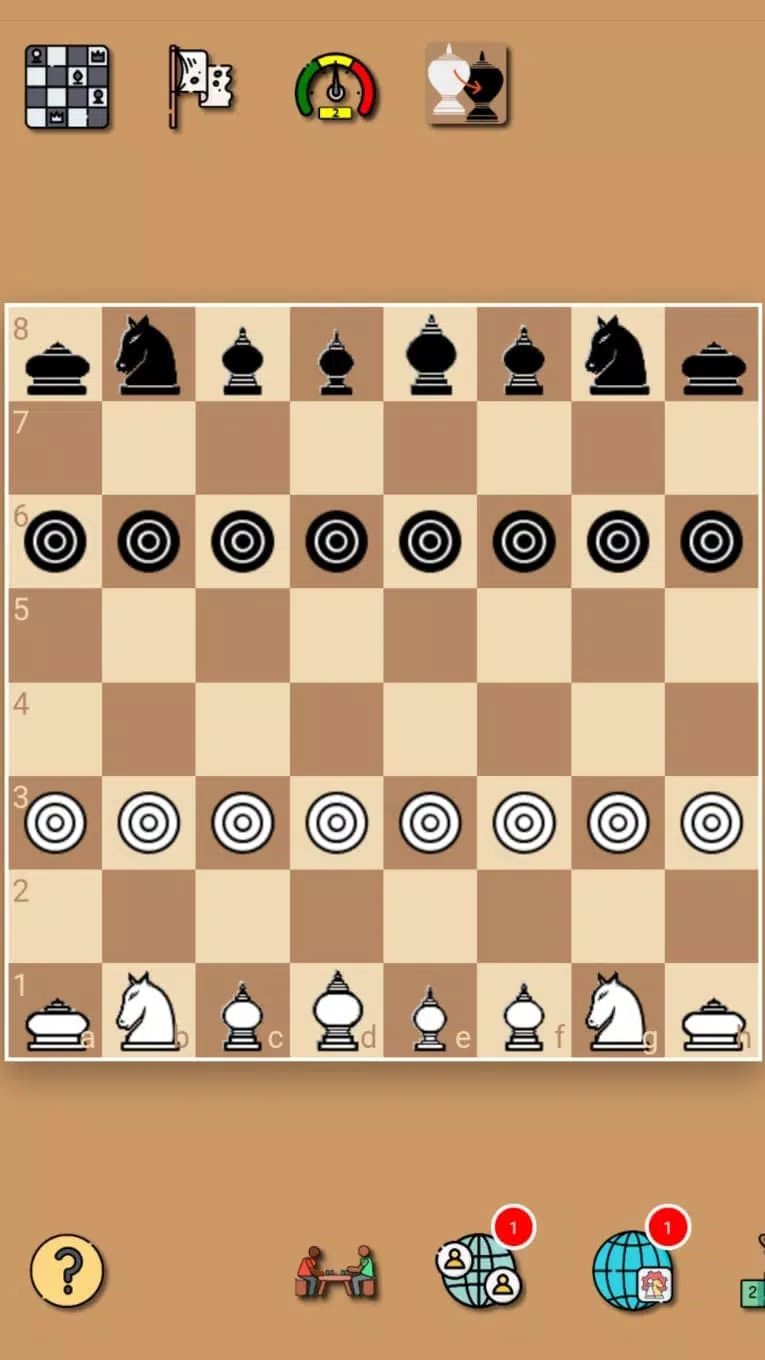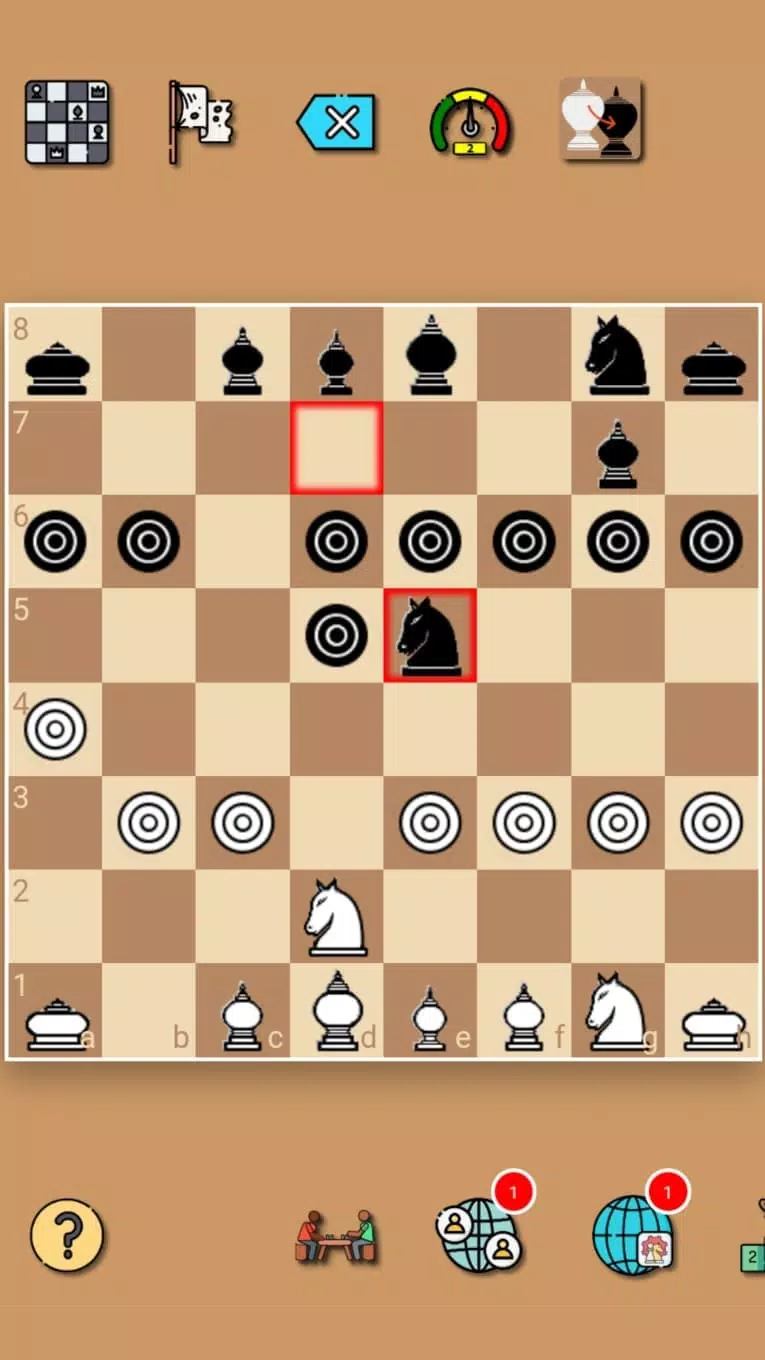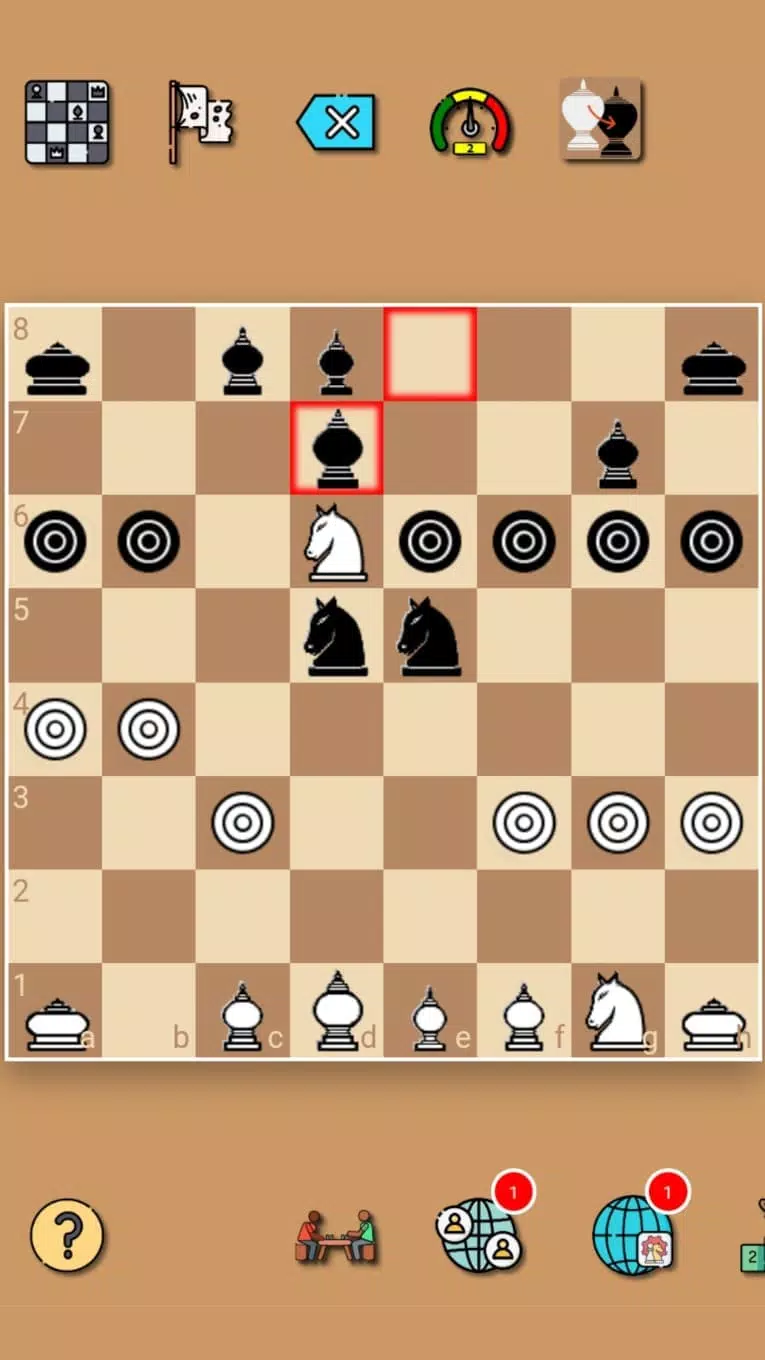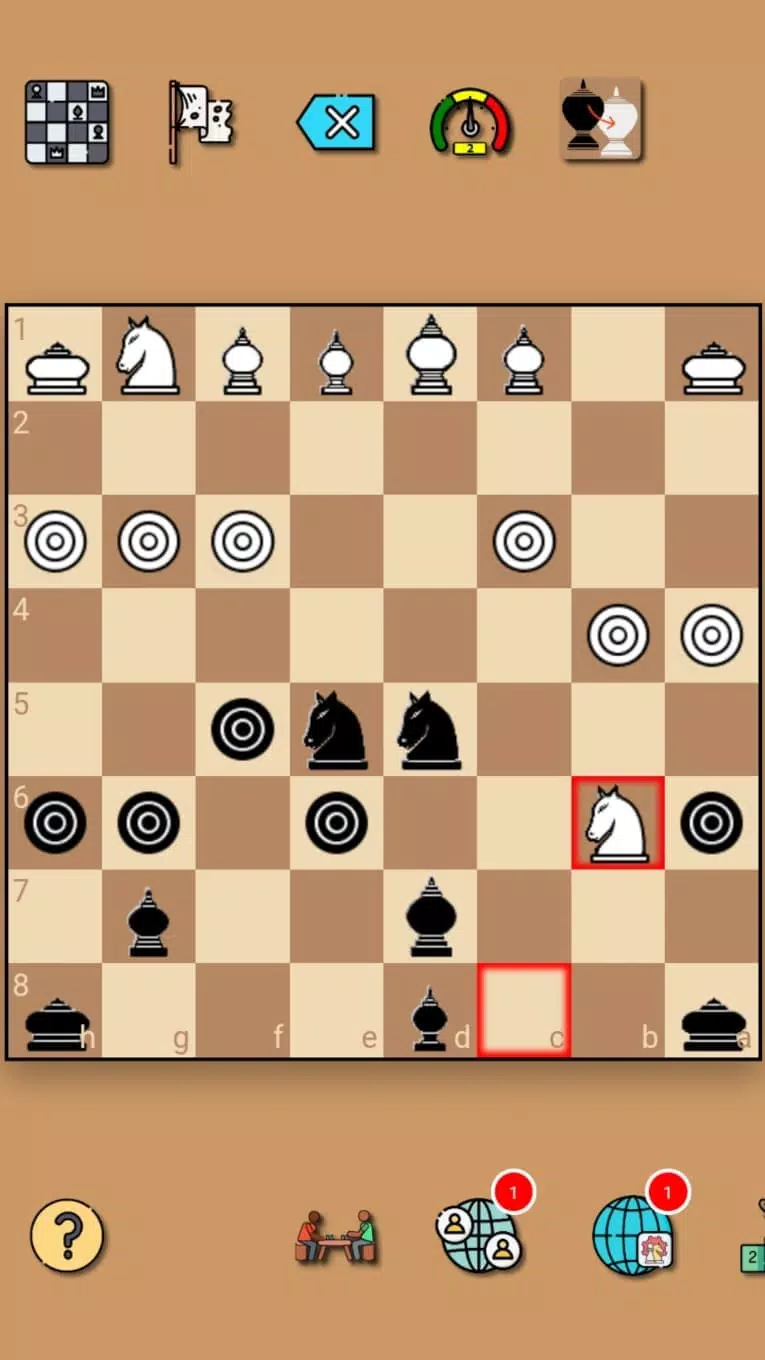
Thai Chess: A Unique Take on the Classic Game
Thai chess, played on an 8x8 board, shares similarities with classical chess but boasts key distinctions. The initial setup mirrors classical chess, yet with two crucial differences: the white queen starts on e1 and the white king on d1 (each king positioned to the left of its queen from the player's perspective); and pawns are deployed on the third rank (white) and sixth rank (black).
 (Replace https://images.9axz.complaceholder_image_url.jpg with an actual image of a Thai chess board setup if available)
(Replace https://images.9axz.complaceholder_image_url.jpg with an actual image of a Thai chess board setup if available)
Piece movement largely adheres to classical chess rules:
- King: Moves one square horizontally, vertically, or diagonally. Castling is not permitted.
- Queen: Moves only one square diagonally.
- Rook: Moves any number of unoccupied squares horizontally or vertically.
- Bishop: Moves one square diagonally in any direction, or one square forward vertically.
- Knight: Moves in an "L" shape (two squares in one direction – horizontally or vertically – then one square perpendicularly), identical to its classical counterpart.
- Pawn: Moves one square forward vertically and captures one square diagonally forward, as in classical chess. Pawns promote only to queens upon reaching the sixth rank.
Victory is achieved by checkmating the opponent's king, mirroring classical chess. A stalemate results in a draw. The game can be enjoyed against AI, a fellow player on the same device, or an online opponent in multiplayer mode.




















